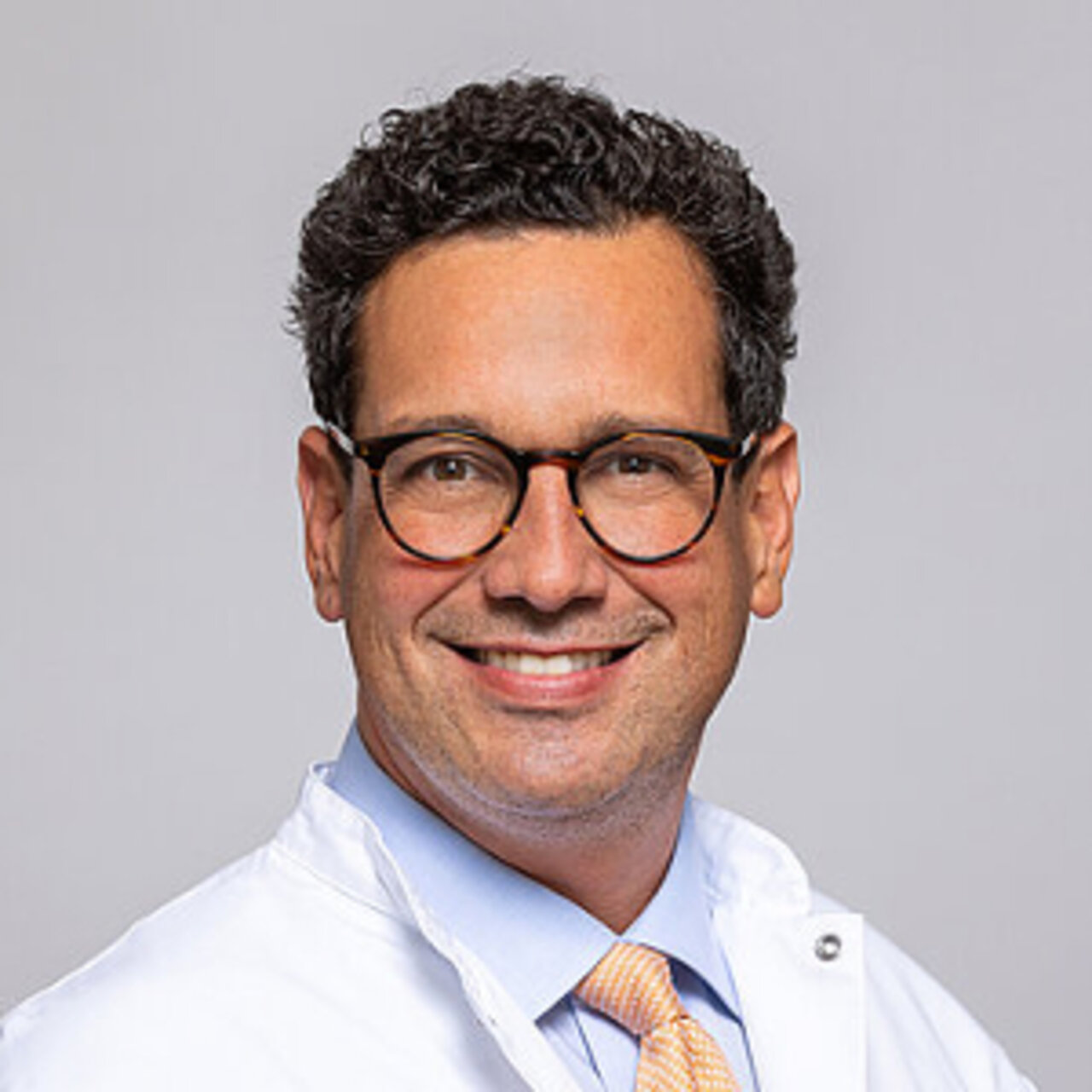Specialists in Endoprosthetics
6 Specialists found
Information About the Field of Endoprosthetics
What is meant by endoprosthetics?
Endoprosthetics refers essentially to an artificial replacement joint made of titanium, ceramic or special synthetic material by means of an implant. This may be necessary as a result of disease or damage to the joint.
The most common cause of joint damage is joint arthrosis. As a consequence of this, the joint wears away to a point of extreme pain and poor mobility. Other causes can be accidents, tumour diseases or other joint diseases that lead to poor joint function.
The aim of endoprosthetics is to restore a pain-free, functioning joint which is satisfactory for the patient.
Which joints can be replaced?
The most common replacements in Germany are hip joints (233,000 per year) and knee joints (approx. 187,000 per year). Expertise in these operations is, therefore, greatest and long term results confirm the success of these procedures.
Shoulder joints (25,000 per year) and ankle joints (1,300 per year) can also be replaced, but they are significantly less susceptible to arthrosis than hip and knee joints. Elbow and finger joints can also be endoprosthetically replaced.
Minimally invasive joint replacement
By this we mean a surgical technique for the hip joint. The term “minimally invasive” must not be confused with minimally invasive arthroscopy (arthroscopy by means of key-hole technique). In the case of a minimally invasive endoprosthetic hip operation, skin incisions must still be large enough to insert the femoral head and hip socket into the joint. As opposed to older, conventional surgical methods requiring large skin incisions and partial soft tissue damage, minimally invasive hip endoprosthetics is a technique which is gentler to surrounding muscles and connective tissue. It is not, however, applicable for every type of hip disease.
Patients receiving a minimally invasive hip endoprosthetic operation have a faster recuperation time in the first few days and a shorter after-care period. Subsequently, however, the conventional method is no less effective than the minimally invasive technique regarding complications and durability.
For other joints, like the knee or shoulder, a minimally invasive joint replacement is not possible due to poor access or the size of the endoprosthetic.
Which doctors and clinics are endoprosthetic specialists?
If you need a new joint you clearly want the best medical provision, which is why it is natural for a patient to wonder: how do I find the best clinic or medical centre for endoprosthetics? As there is no objective answer to this question, and a serious doctor would never claim to be the best, you can only rely on the expertise of a doctor. The more artificial joints a doctor implants, the more expert they become in their specialist area. So, endoprosthetic specialists are orthopaedic doctors with many years of experience in the implantation of replacement joints.
Many resident specialists in orthopaedics and trauma surgery offer endoprosthetic operations. As well as hospitals with orthopaedic/ trauma surgery departments, there are joint and endoprosthetic centres, which specialise in operations on joints and joint implants. In general it is recommended to find a specialist with extensive expertise in the area of endoprosthetics.
At PRIMO MEDICO you will find experienced endoprosthetic specialists and endoprosthetics centres in Germany, Austria and Switzerland.





